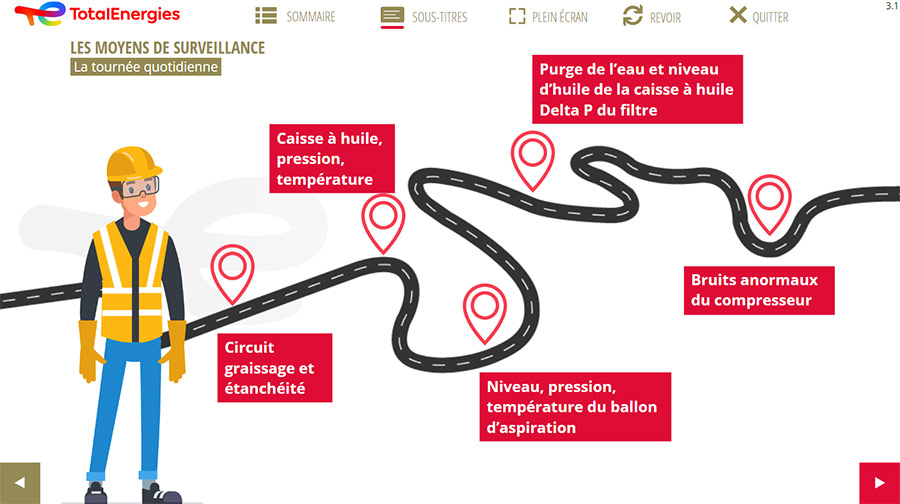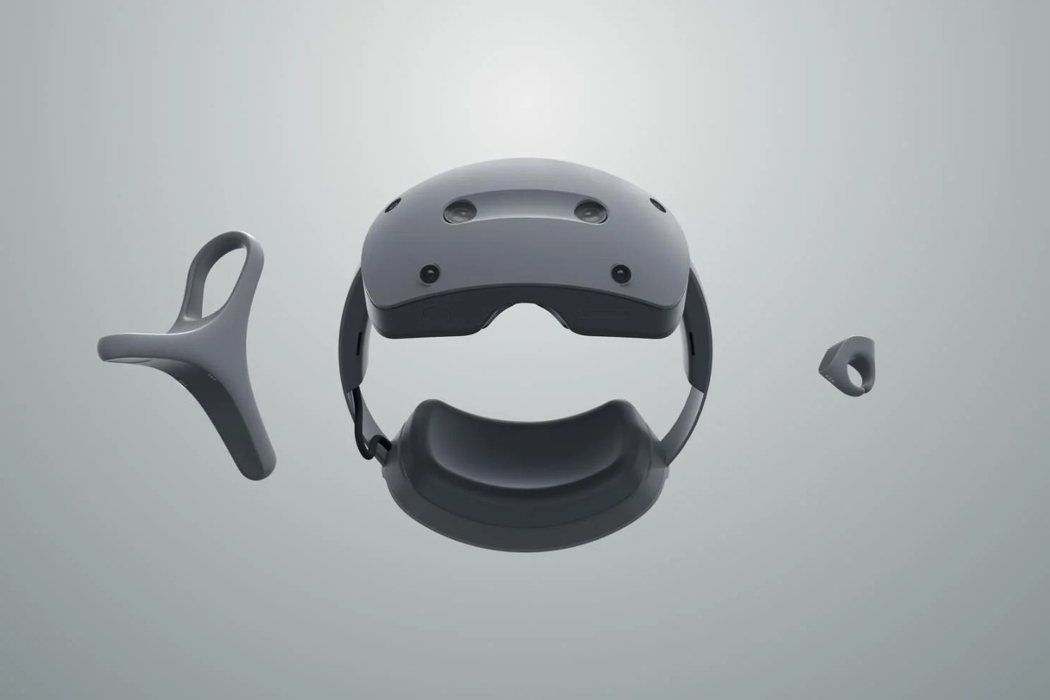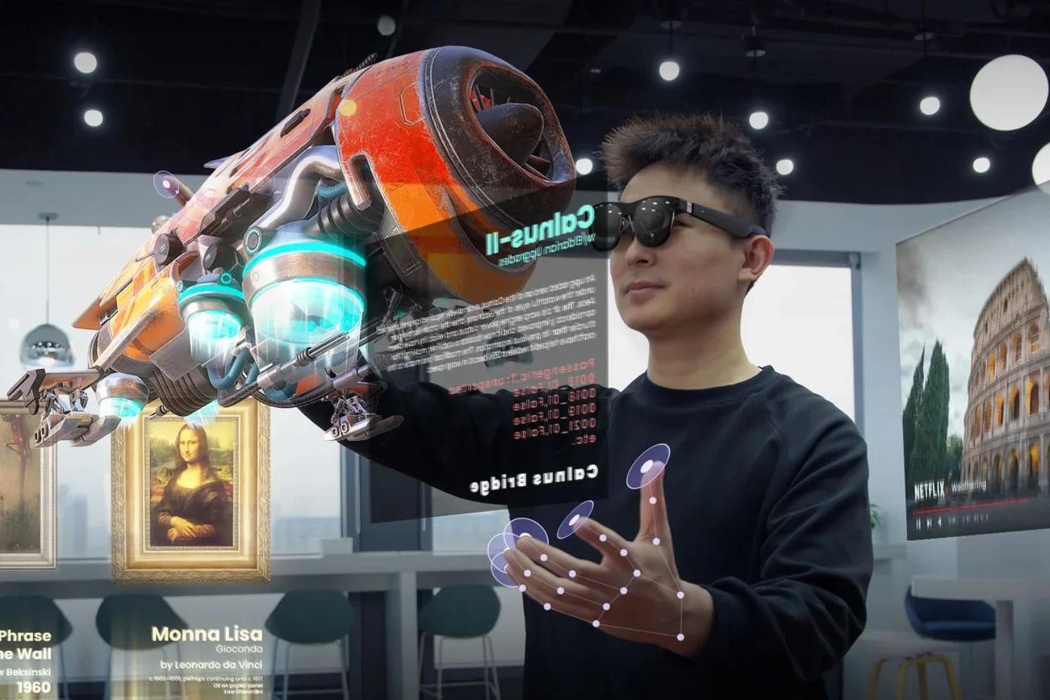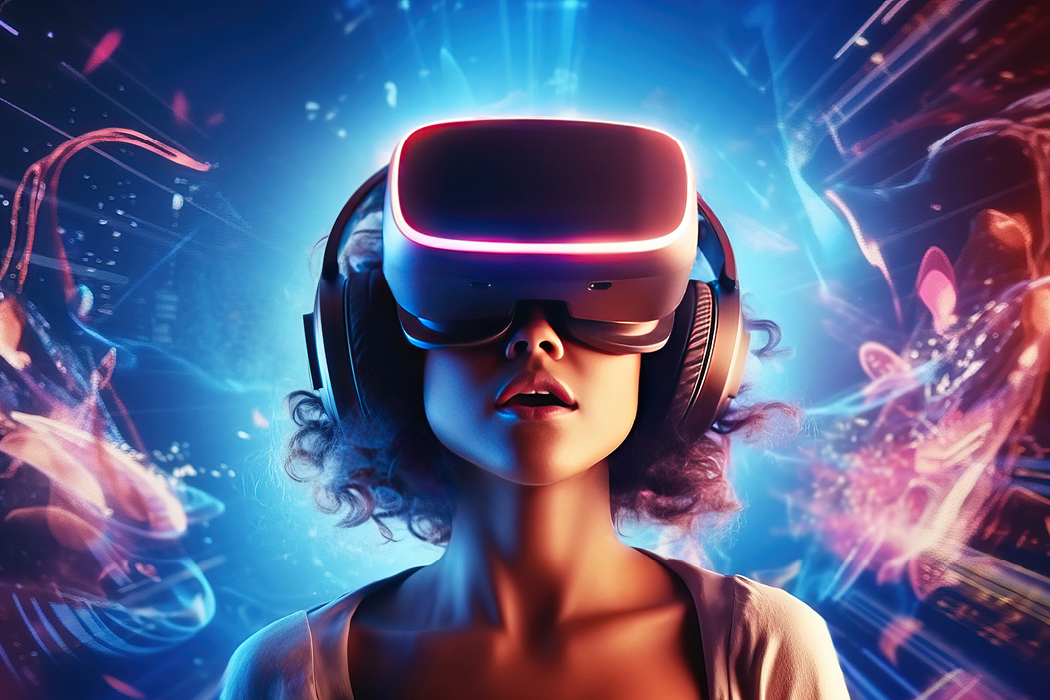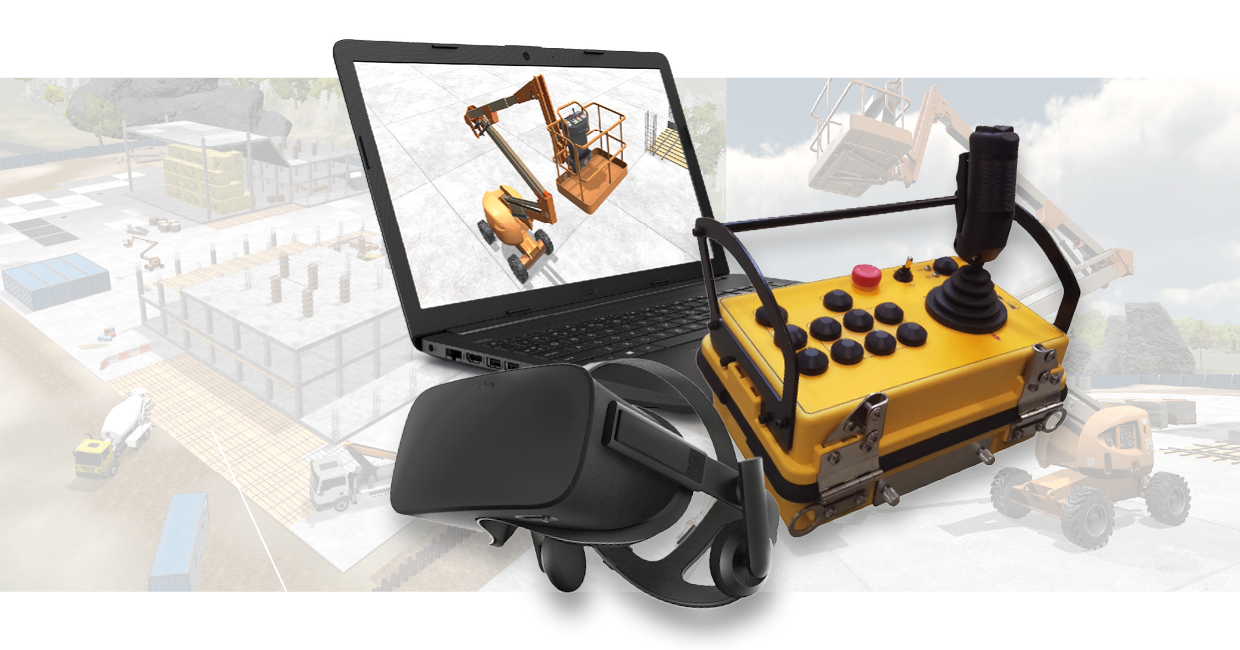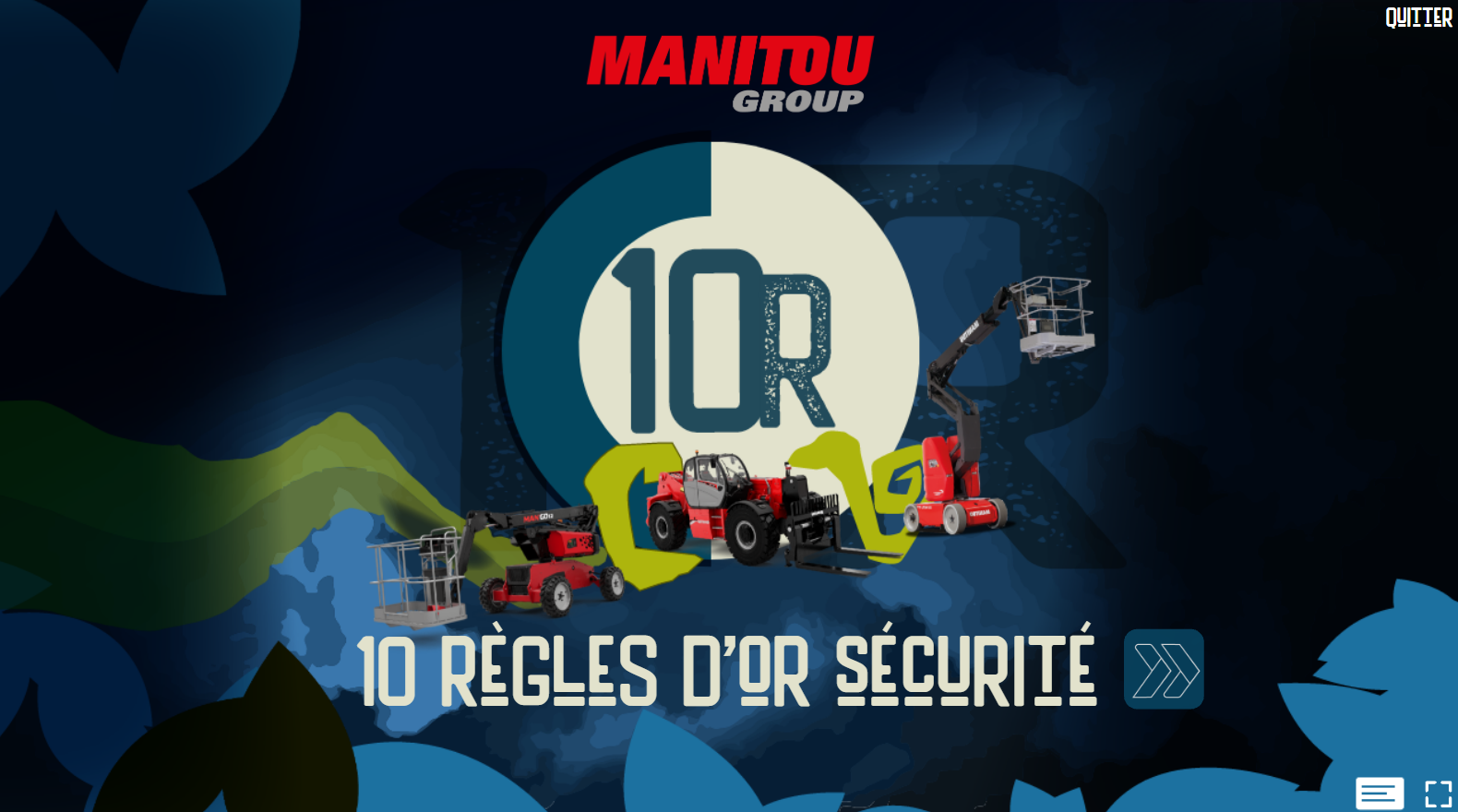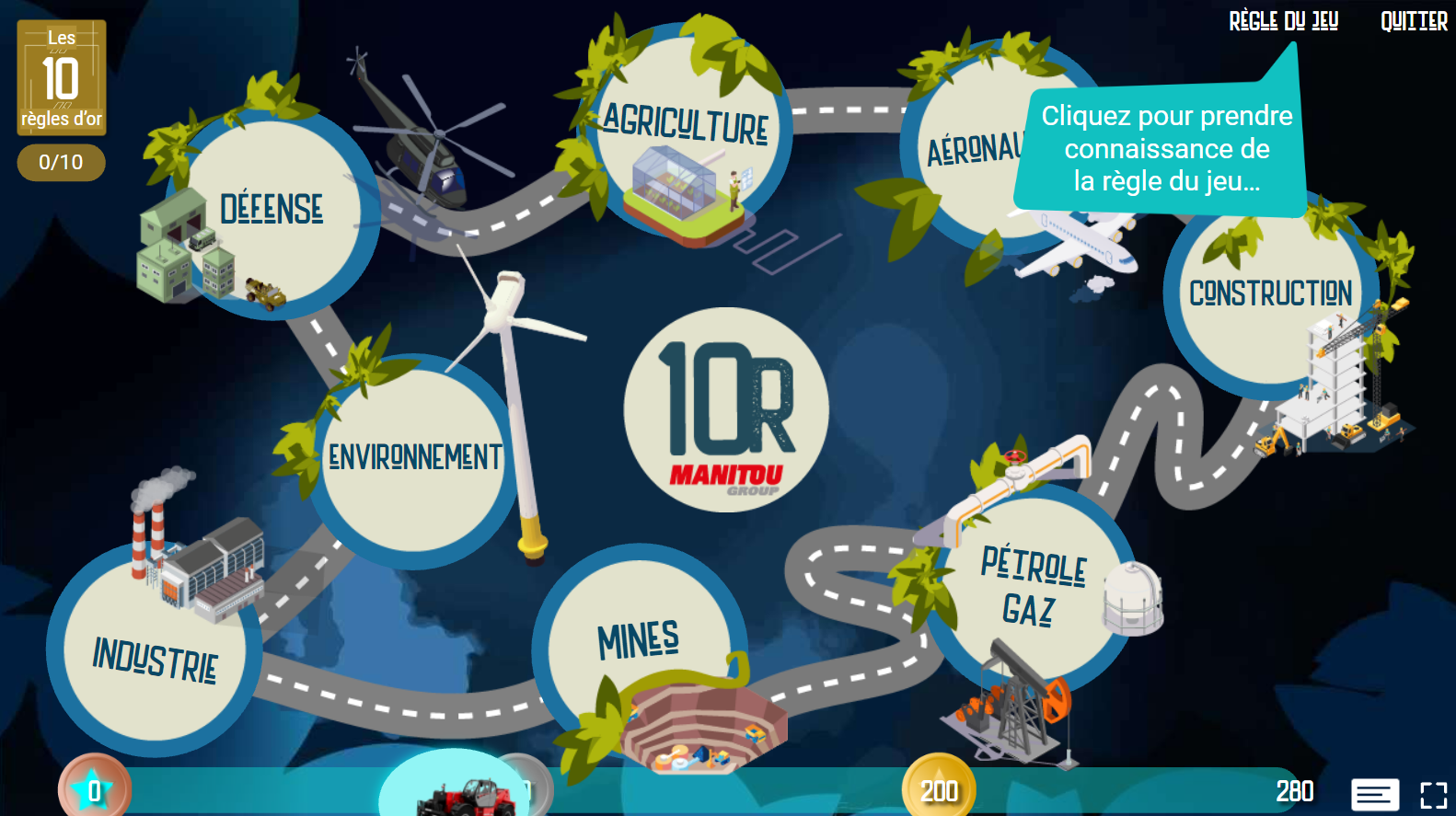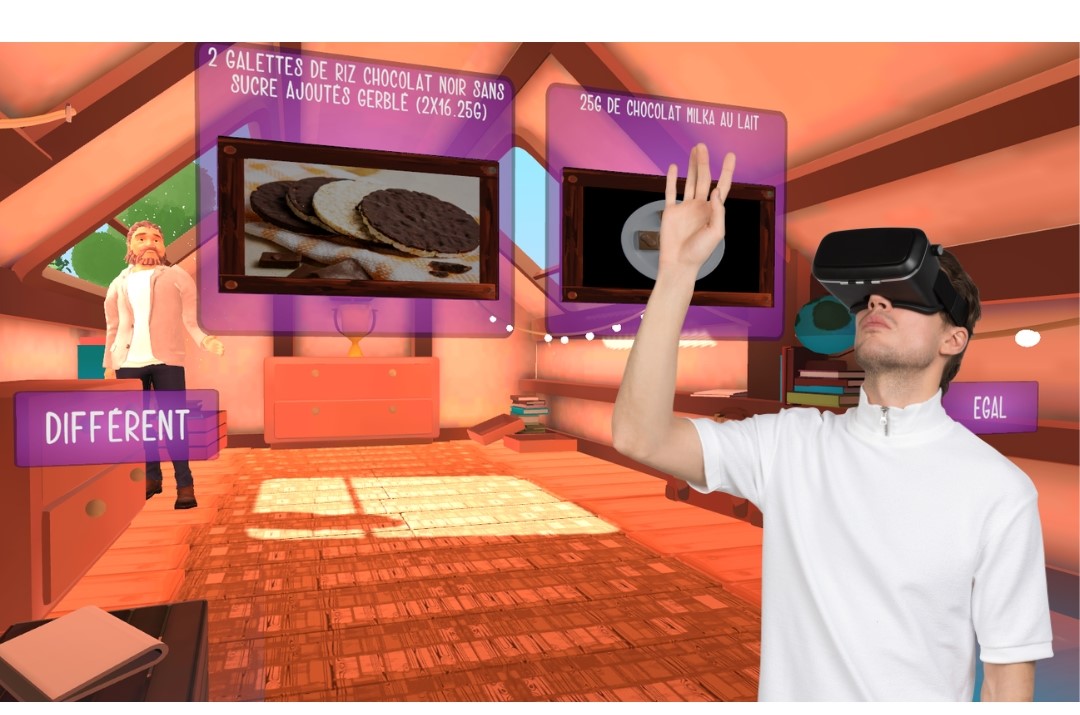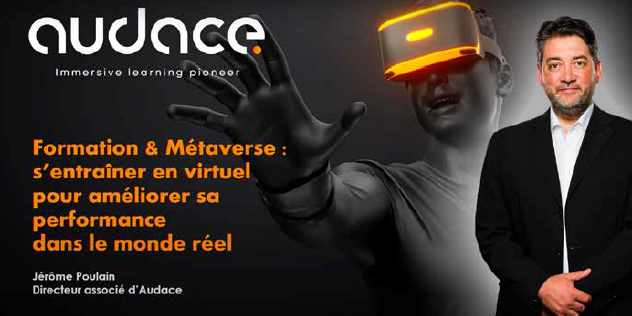Sony has introduced a new XR headset that stands out for its focus on spatial content creation. This headset, designed for professional applications, targets engineers, developers, and product designers involved in exploring and modeling 3D environments, as well as for testing and prototyping product designs.
Sony, the headset oriented towards spatial content creation
The headset is equipped with the Qualcomm Snapdragon XR2+ Gen 2 chipset and features two 4K OLED micro-displays, providing a high-quality visual experience. It also includes a transparency video feature and has a total of six cameras and sensors for spatial recognition and enhanced mixed reality experiences. The device is designed to support creators in crafting sophisticated 3D content, with collaborations planned by Sony with various 3D production software developers in both entertainment and industrial design domains.
Unique features of the Sony headset: its physical control options.
It includes a wearable ring accessory for intuitive object manipulation in the virtual space, and a hybrid stylus and controller for precise interaction and pointing. Another notable feature is the headset’s flip-up visor, allowing for an easy transition between virtual and physical environments without the need to completely remove the headset. This folding mechanism is particularly useful for professionals who may need to switch frequently between virtual and real tasks.
Overall, Sony’s XR headset represents a significant step towards integrating virtual and physical workflows in professional environments, providing an immersive and intuitive tool for spatial content creation.
Pimax Crystal, the virtual reality (VR) headset that redefines the standards of the visual experience.
Welcome to the technological world of the Pimax Crystal, a virtual reality (VR) headset that redefines the standards of the visual experience. This detailed analysis highlights the essential technical aspects that make the Pimax Crystal a future pioneer in the field of VR.
The exceptional clarity of the Pimax Crystal
The Pimax Crystal stands out with its revolutionary Pixels-Per-Degree (PPD) measurement, achieving an unparalleled visual clarity of 35 PPD. The visual experience is then significantly enhanced (on average below 20 for other headsets). Its QLED+Mini LED panels, with a resolution of 5760 horizontal pixels and 2880 vertical pixels, create an unparalleled visual experience.
QLED+Mini LED Panels
Featuring QLED+Mini LED panels, the Pimax Crystal provides a wider color gamut, deeper blacks, and local dimming mini-LED backlighting. This unique design ensures enhanced contrasts and vibrant colors, creating an exceptional visual immersion with vivid colors and deep blacks, providing a rich and vibrant visual palette.
Ergonomic Design, Balance, and Comfort
Beyond its visual performance, the Pimax Crystal offers a balanced weight distribution for optimal comfort. With a weight of 960g, this headset remains among the lightest on the market, ensuring a secure and pleasant fit. Its angular design redefines comfort standards for VR headset users. The interchangeable glass lenses ensure consistent visual clarity and sharp vision, providing an uncompromised visual experience.
High-Precision Eye Tracking
Featuring high-quality eye tracking operating at 120 Hz, the Pimax Crystal offers immersive visual control. The eye tracking system enables optimal visual rendering, with a Foveated Rendering system that dynamically adjusts image quality in the peripheral vision (outside the user’s gaze) for exceptional performance.
Two Powerful Modes: PCVR and Standalone XR2
Explore the two exceptional modes of the Pimax Crystal. In PCVR mode, immerse yourself in the virtual reality world with the power of a robust computer. Discover how the standalone XR2 mode provides a lightweight and mobile experience, with support for Wi-Fi 6E and planned wireless streaming features via WiGig (WiGig is an ultra-fast wireless technology for short-distance connections, ideal for high-definition streaming and wireless devices).
External Cameras for Station-Free Experience
With 4 external depth-sensing cameras, the Pimax Crystal eliminates the need for base stations. These cameras ensure precise tracking without requiring additional accessories, simplifying setup and enhancing user convenience. The external cameras also enable advanced features such as hand tracking and augmented reality, expanding the possibilities for interaction in the virtual world.
Despite some minor drawbacks, the Pimax Crystal provides an exceptional visual experience. This technical exploration reveals the convergence of clarity, technology, and comfort, positioning the Pimax Crystal (priced at 1999€) as a headset to watch in the world of virtual reality!
